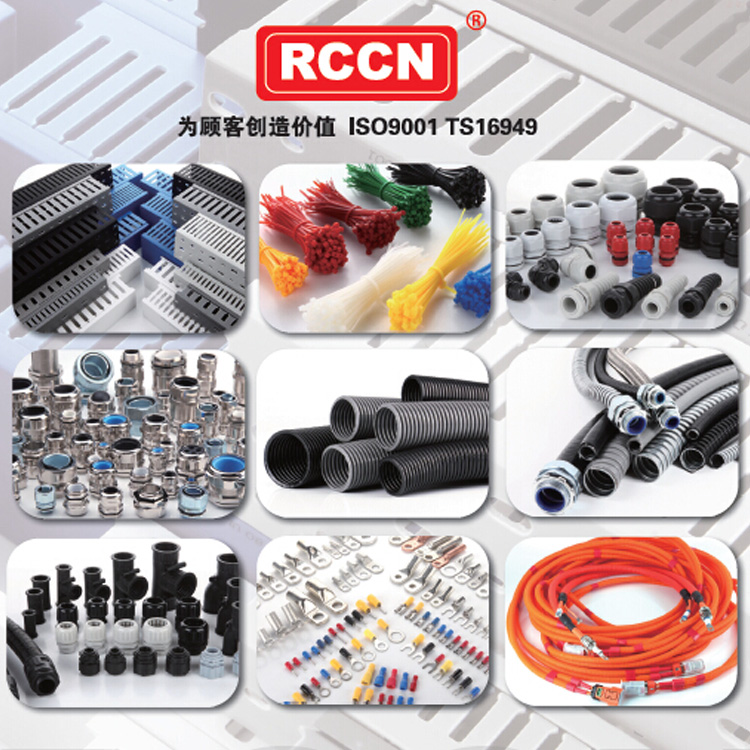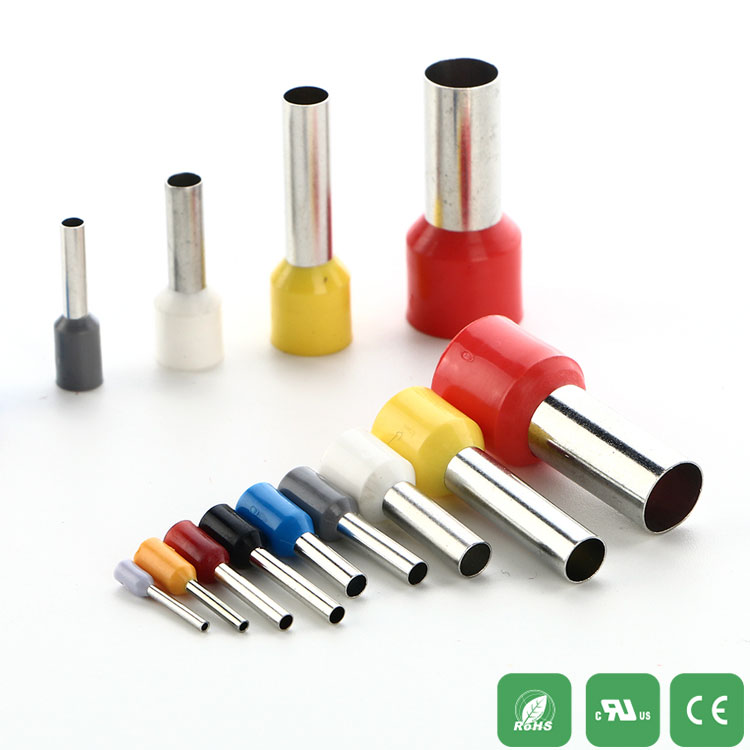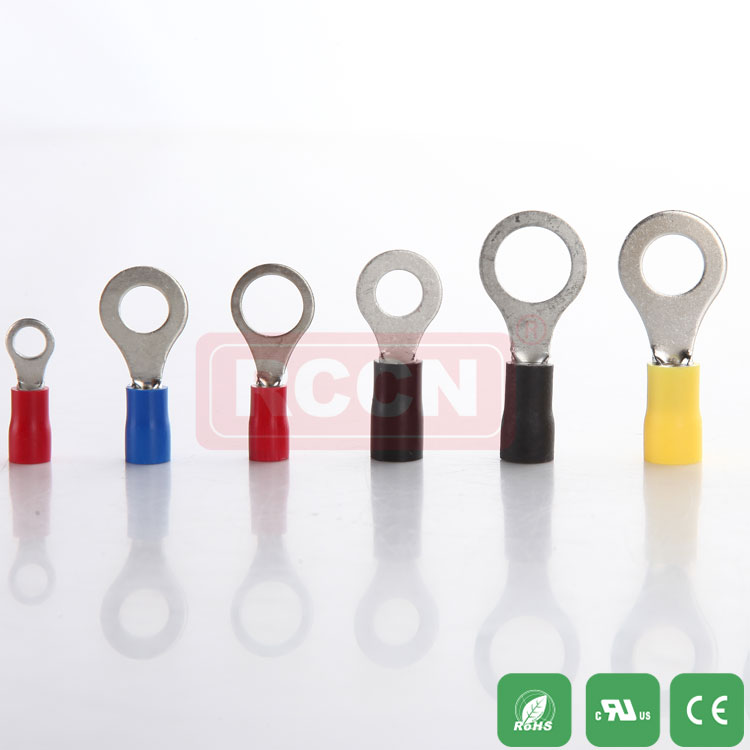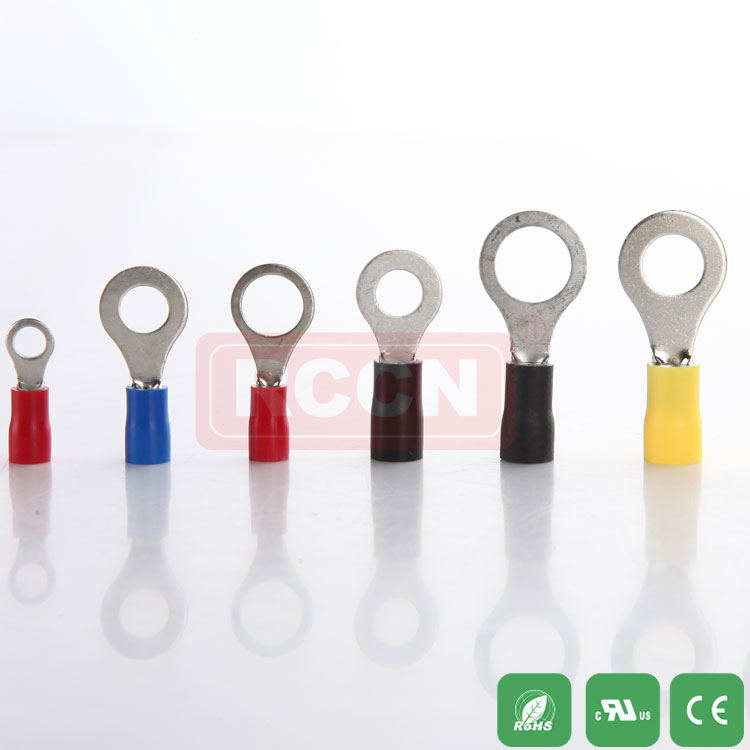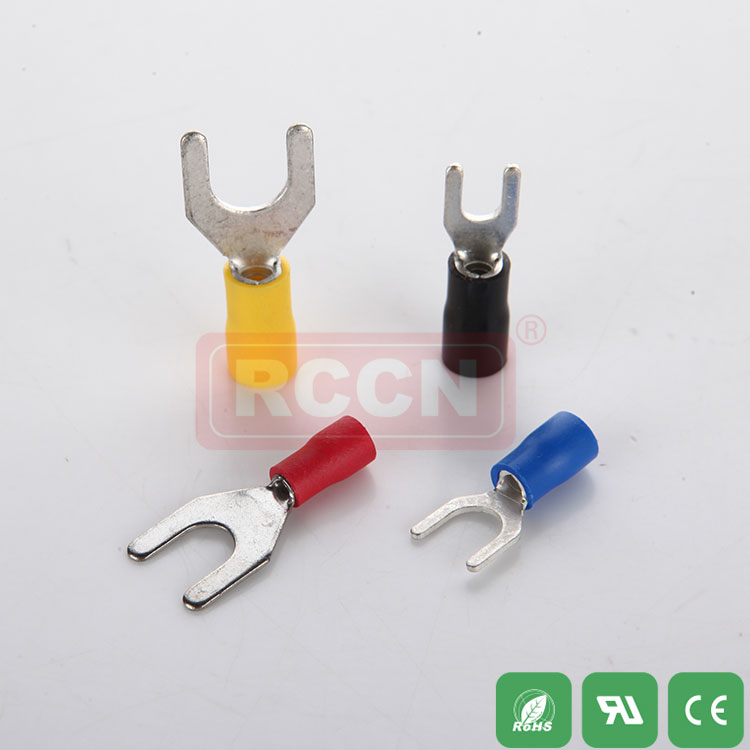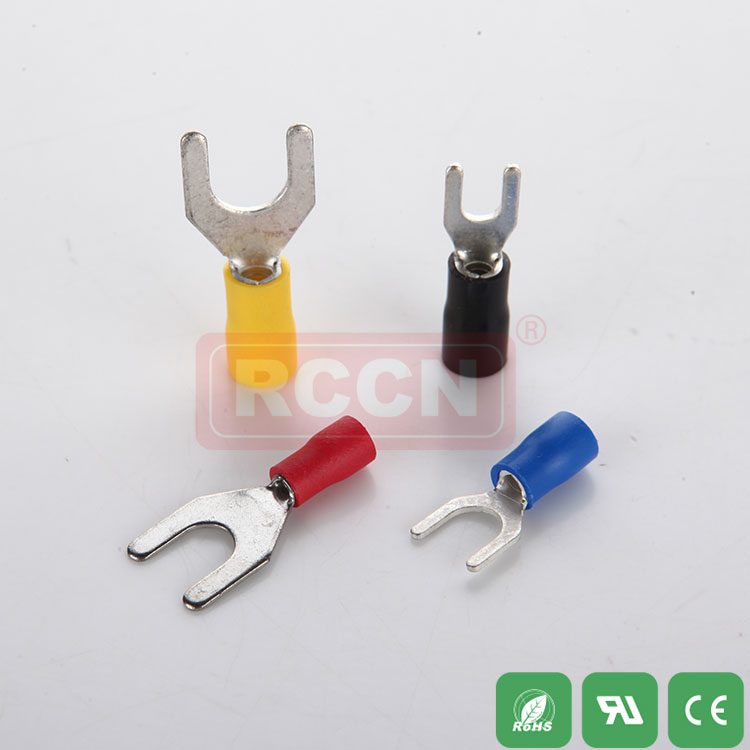As people's requirements for humanization and comfort of automobiles continue to increase, the traditional automotive electronic modules switched with PCB terminals will be replaced by new automotive terminal solutions. At the same time, consumers' demands for safety, comfort and entertainment in car rides will make car designers have to improve or redesign existing car terminals.
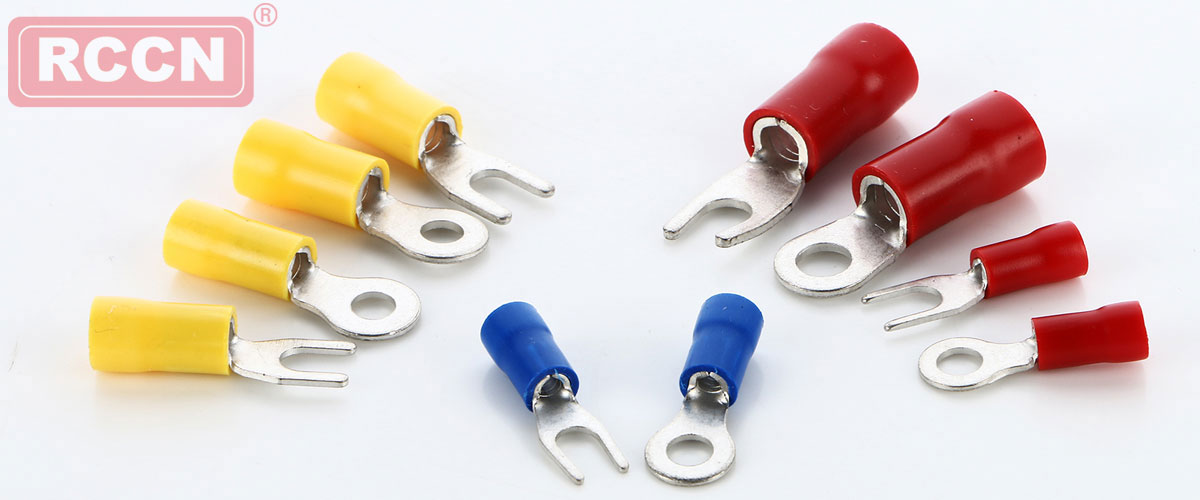
Automotive terminal blocks are roughly divided into two types: plug-in car terminals and pcb (printed circuit board) type terminals. The plug-in terminals are mainly assembled in the central control box, which is used in conjunction with the wire harness. Large, higher current carrying capacity, higher cost, but easy to install and replace; PCB terminals are more used in automotive electronic modules, smaller than plug-in, and more integrated with peripheral electronic circuits High and low cost. The market demand for automotive products has led to the development of terminals in the direction of miniaturization, intelligence, and heavy load.
According to forecasts, the total demand for global automotive terminals will reach 2.3 billion, of which high-current terminals will account for about 55%. In the future automotive electronics system, designers will integrate automotive flash control and delay control into the main control module, which will gradually reduce the market demand for these products in the future. Replacement with high current terminals.
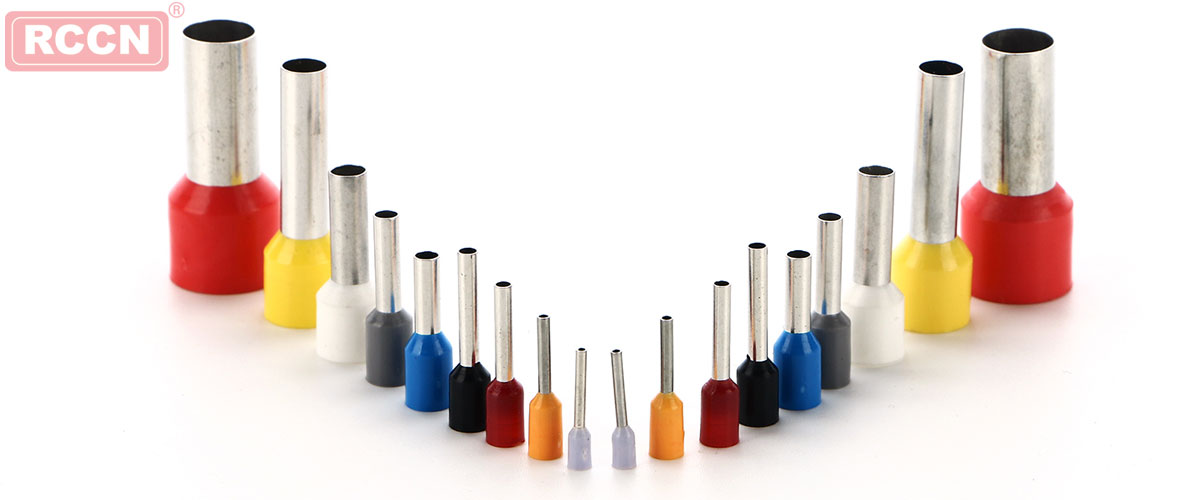
The production of global terminal blocks is relatively concentrated, and the market share of the top 10 companies in the world is 55%. The terminal market is closely related to the corresponding whole machine market.
















 RCCN WeChat QrCode
RCCN WeChat QrCode Mobile WebSite
Mobile WebSite